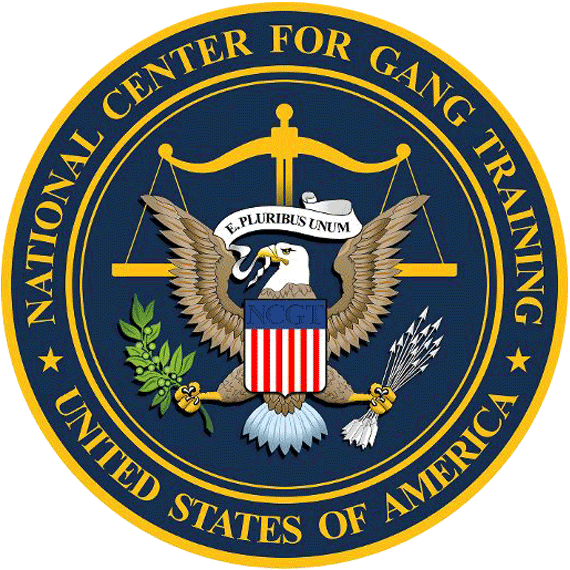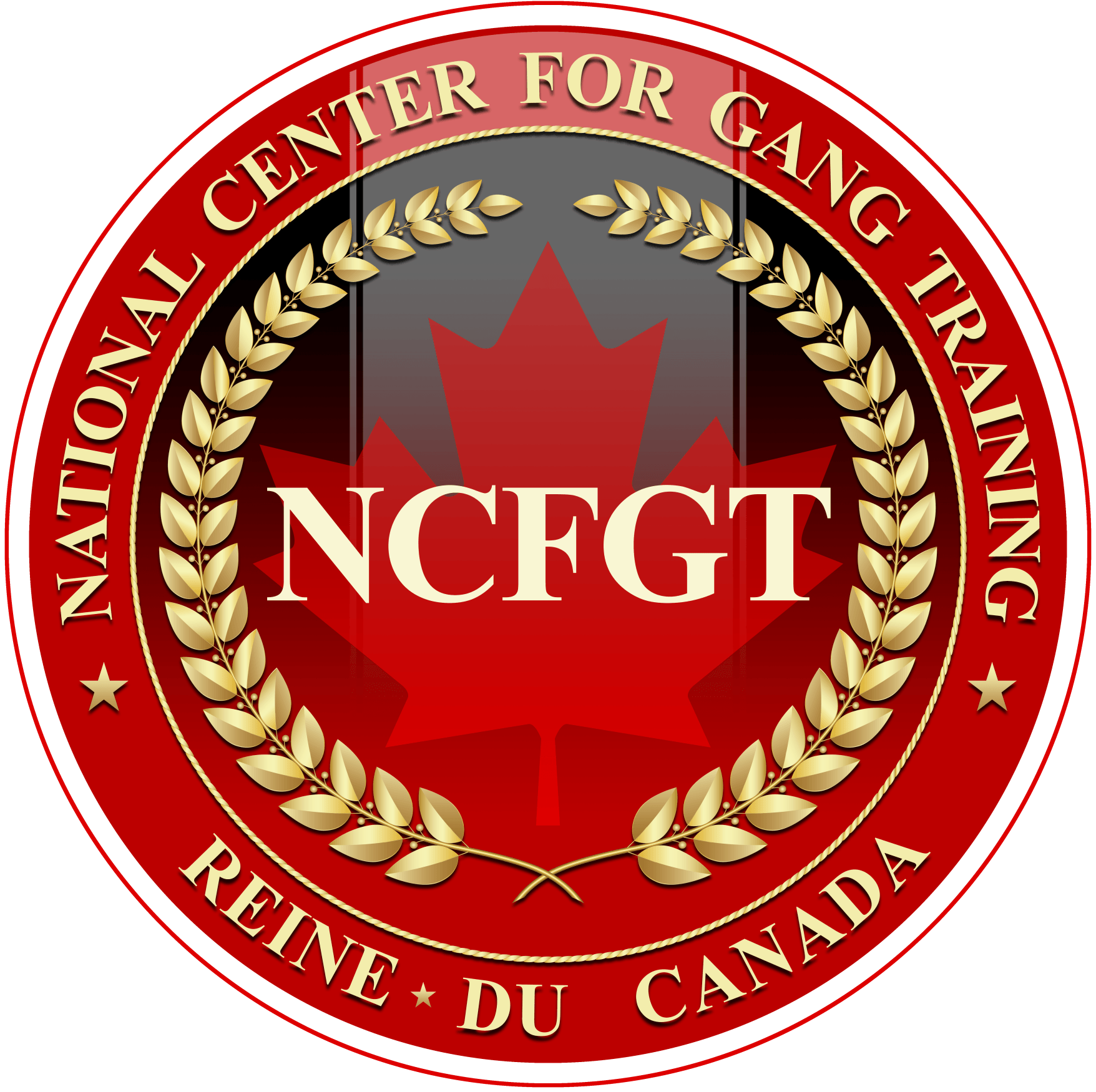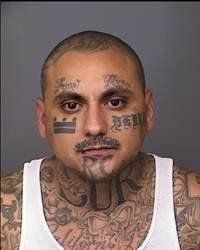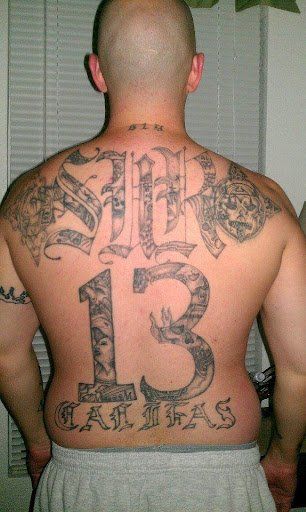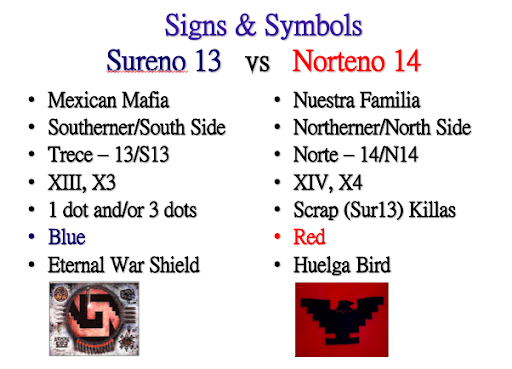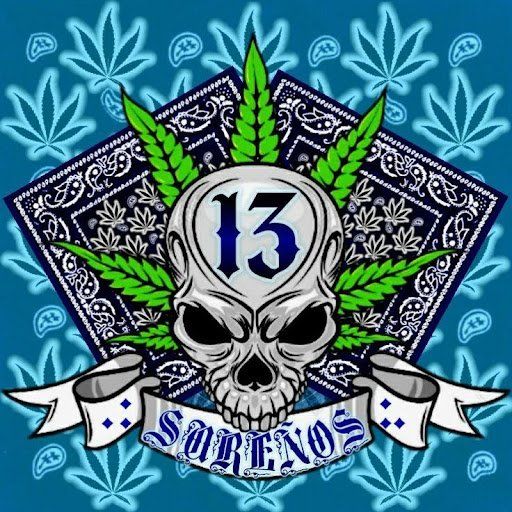Sureños
8.h
Sureños
[su'ɾeɲos] (Spanish for "Southerners"), or Sureñas for females, are groups of loosely affiliated gangs that pay tribute to the Mexican Mafia while in Federal and State correctional facilities. Many Sureño gangs have rivalries with one another and the only time this rivalry is set aside is when they enter the prison system. Thus, fighting is common among different Sureño gangs even though they share the same common identity.
Location
The Sureños main stronghold is in Southern California where they originated. There are an estimated 20,000 Sureños in Los Angeles County alone. They have successfully migrated into every major city in every state in the United States, as well as Canada, the US Military, Mexico, Honduras, El Salvador and Guatemala. One of the main reasons for this migration is due to California's harsh three strikes law. There are unconfirmed reports of their presence in various South American countries as well. Many larger criminal street gangs use the number 13 under the Sureño banner such as the 18th Street gang, Playboys gang, and Mara Salvatrucha. Northern States such as Oregon, Washington and Alaska have seen a substantial increase in street gangs under the Sureño and Norteño banners. Eastern Washington is almost exclusively either a Sureño or Norteño territory with the only exception being Spokane, Washington.
International Alliances
In a 2010 NGIC report, the Sureños of California and South Carolina maintain a relationship with the Sinaloa Cartel in Mexico.
History
The term "Sureños” means Southerner in Spanish. Even though Sureños were established in 1968, the term was not used until the 1970s as a result of the continued conflict between the Mexican Mafia and Nuestra Familia in California's prison system. As a result of these prison wars, all Hispanic California street gangs align themselves with the Sureño or Norteño movement with very few exceptions such as the Fresno Bulldogs and the Maravilla gangs of East Los Angeles. When a Sureño is asked what being a Sureño means, gang members, without exception, answer, “A Sureño is a foot soldier for the Mexican Mafia.”
Culture
Sureños use the number 13 which represents the thirteenth letter of the alphabet, the letter M, in order to pay allegiance to the Mexican Mafia. Common Sureño gang markings and tattoos include, but are not limited to: Sur, XIII, X3, 13, Sur13, uno tres, trece and 3-dots. Although there are many tattoos used by Sureños, there is only one tattoo that proves or validates membership. The word Sureño or Sureña must be earned and can never be taken for granted. In many parts of the count ry they will identify themselves with the color blue and gray and include wearing sports clothing from teams such as the Los Angeles Dodgers, Los Angeles Clippers, Los Angeles Kings (on occasions), Los Angeles Lakers, San Diego Padres, San Diego Chargers, Dallas Cowboys, Oakland Raiders, St. Louis Rams, Cleveland Browns, San Jose Sharks and Atlanta Braves. Most Sureños are of Hispanic descent, but some Sureño gangs allow members from various other ethnic backgrounds to join their ranks making Sureños multiethnic.
The most important thing that all Sureños must live by is respect and loyalty. These traits are highly valued and anything seen as a violation can result in lethal retaliation. Although what is heard in the news is only violence perpetuated by criminal street gangs, most of the time gang members are not engaged in criminal activity. Many social street gangs have infamous reputations, but spend most of their time socializing with other members of their gang and do not actually engage in daily criminal acts. Sureños in Northern California call themselves Upstate Sureños while ones in the valley call themselves Central Valley Sureños. All Sureño gangs have their own names usually a reflection of their neighborhood or city such as Southside Beaumont 13, El Monte Flores 13 or Eastside Paramount 13 or some other name chosen by the people that founded the gang.
Sureños can be classified into three major types:
Real Sureños are Southern California Hispanic gang members who have migrated from their breeding grounds in "Califas" and settled in a community near you. Individually, many of them are sophisticated hard-core gang thugs.
But many were only peripheral gangsters and nobody gang claimers. These "less than hard-core busters" can sometimes become big fish in a small pond by utilizing their "I'm from L.A." credentials.
Both the "hard-core" and "half-ass" gang member will boldly mark their new home with gang graffiti claiming their original Los Angeles Varrio such as "WF", "F-13", "XV3", and "MS-13." They might also write "So Cal," "213" or "310" (telephone prefix numbers), and sometimes the words "SUR 13," "South Side" or "Sureños."
The second type of Sureño is a gang member recruited and indoctrinated from your local community by the first type. Most of these "second-hand Sureños" have never been to Southern California.
Or they may also be a few ex-Southern California gang members from rival gangs who find themselves in a foreign environment, and therefore join together under the Sureño umbrella name to protect themselves. They may utilize local gang members to boost their numbers, calling themselves "Southsiders," "SS," "Sureño 13," "SX3" or some other reference to Southern California to tie them together.
The third kind of gang members calling themselves Sureños are the least connected to Southern California. They are Mexican Nationals, or natives of other Central American nations, who travel through the illegal immigration conduits controlled by the Sureño gangs. Street gangs such as Florence, 18th Street, and Mara Salvatrucha control major lines of human trafficking; they influence young men who utilize these routes and become indoctrinated in the Sureño gangster lifestyle.
When these men arrive in your community, they adopt the Sureño name and try to imitate the "American Hispanics" who helped bring them here. In reality, these Sureños have only a confused understanding of what it means to be a Sureño gangster. Untrained in American gang graffiti particulars, their "placasos" (plaques or badges in gang graffiti) are crude and less aesthetic than the U.S. gang placasos. Besides "Sur 13," these groups might mix in "Pandilla Sureño" (Sureño Gang), and "Sureños Mejicanos."
The thirteenth letter of the alphabet is "M," which in Sureño thinking stands for "EME," or the Mexican Mafia. Tattoos and graffiti depicting "13," "Xlll," "X3," "trece" (Spanish for 13) and "3ce," are all Sureño identifiers. Sureños and Norteños sometimes use the ancient Aztec language. The word "kanpol" is Nahuatl for Southerner, and "ixpol" is Northerner. The number 13 was drawn by depicting two parallel horizontal lines with three dots above them. Each line represents five and each dot is one.
As you can see, there are many types of people who call themselves "Sureños," with different types of graffiti you can use to identify them.
